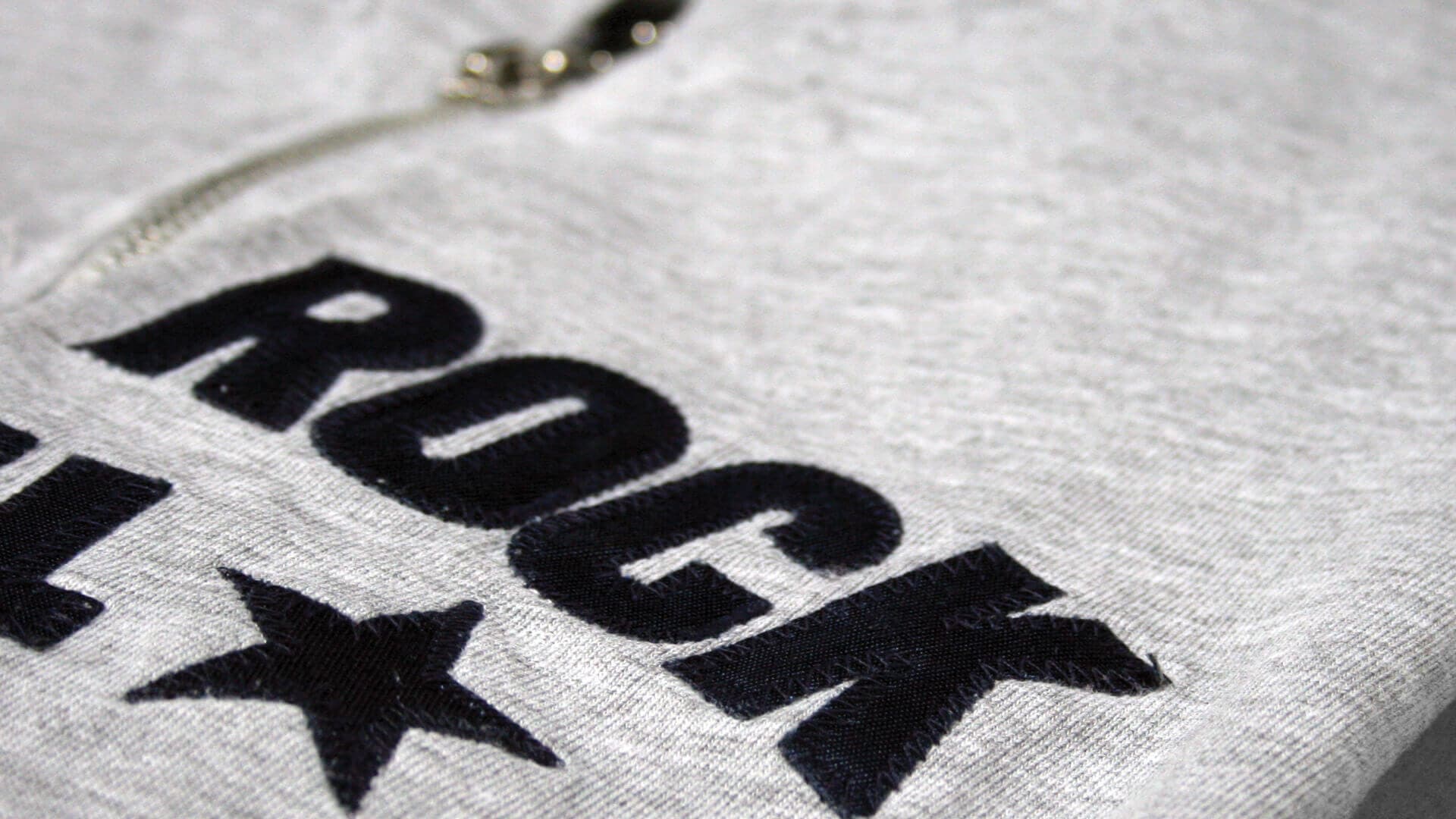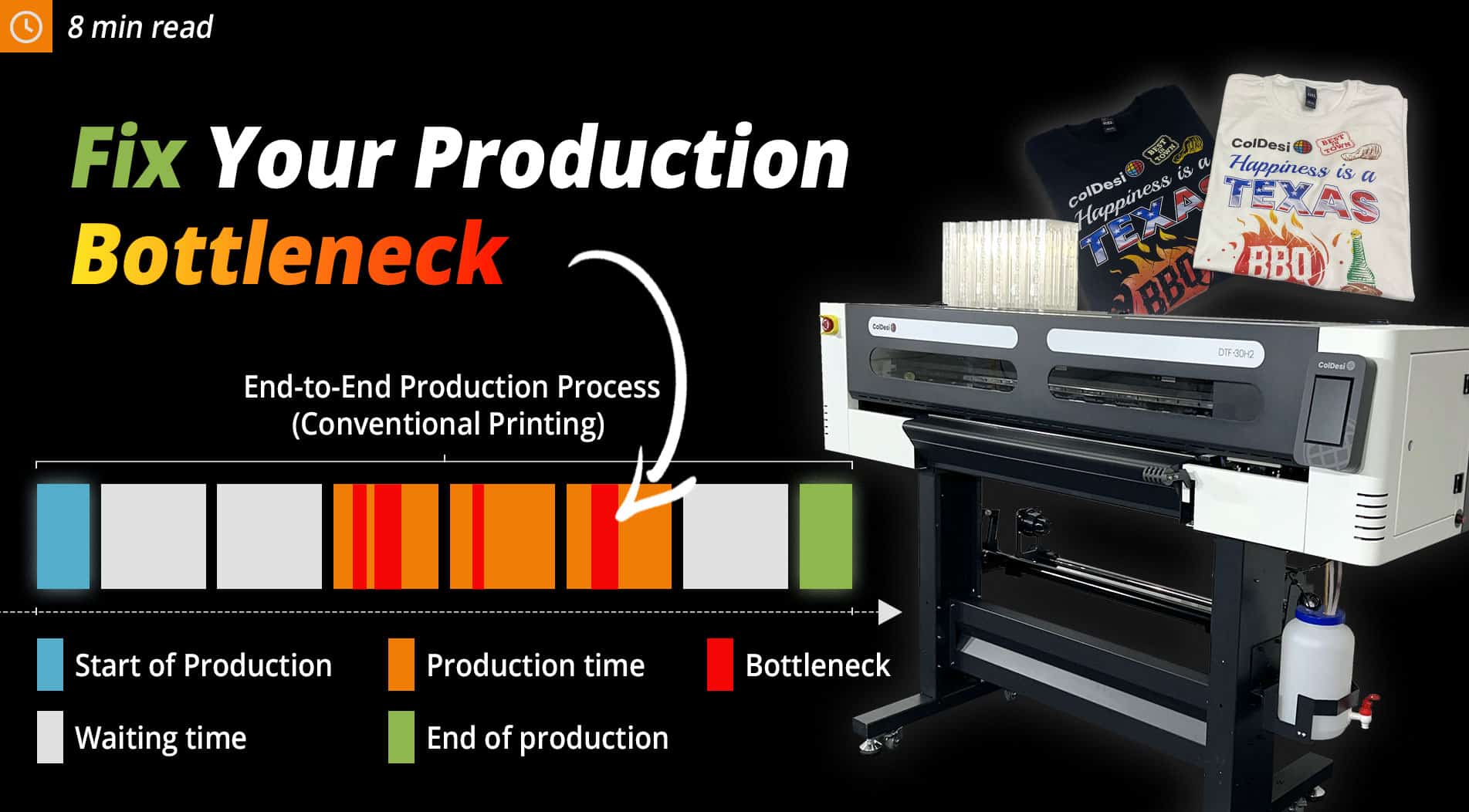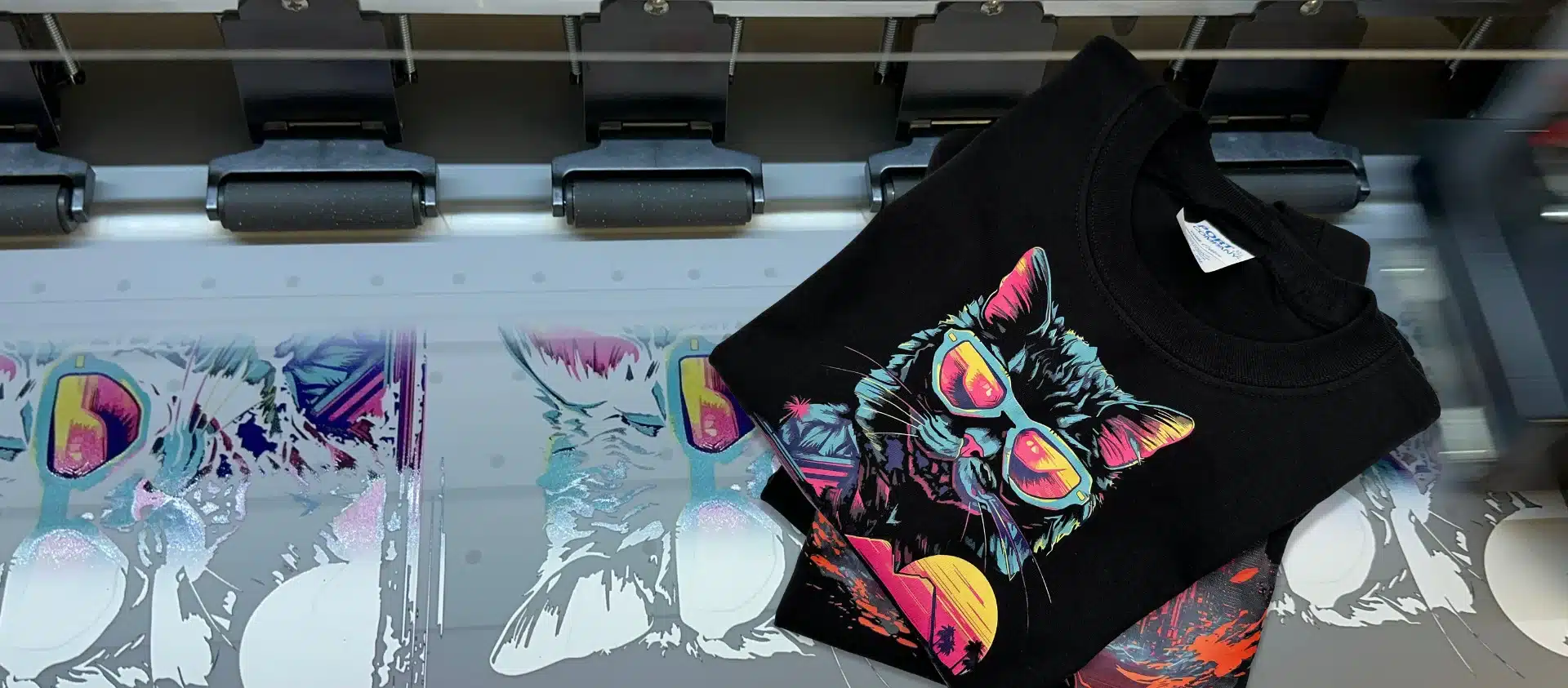Appliques give commercial embroidery an extra texture, making it clean and crisp.
They are easy to create and are a useful way to add more value to all sorts of garments and products.
Appliques are an indispensable design element in commercial embroidery, most common in garments for toddlers, children, cheer squads, athletic teams and more. In fact, all of your customers will benefit from the addition of appliques to your product line. It is an excellent way to add depth, color and texture to commercial embroidery.
Appliques in your embroidery business add value to everything from novelty designs and corporate clothing to wearable art and uniforms. They are easy to make, requiring only outline stitching, and are high-profit add-ons that make commercial embroidery looking clean, crisp and beautiful.
Stop by this wonderful site pertaining to more information relating to Embroidery.
Preparing a garment for an applique:
Getting a garment ready for the addition of an applique is the same as for commercial embroidery. A second layer of fabric on a substrate does not mean you can forget about the proper backing or stabilization.
Medium to light CutAway backing works well with stretchy fabrics such as fleece sweatshirts or T- Shirts. Light TearAway backing is good for knitted fabrics, like denim shirts, jeans and jackets, canvas tote bags and computer cases.
Preparing applique fabric:
Fabrics used for commercial embroidery appliques must have minimal fraying and shrinking. Most pre-made applique fabrics are already treated and ready for cutting. It needs no more treatment.
Other fabrics may require additional preparation to use it for an applique. Wash and dry the fabric first for washable fabrics with more than 30 percent cotton. This will preshrink the fabric, removing any excess dyes or starches. (If in doubt, just wash it!)
Often, fabrics with synthetic fibers (polyester, acrylic or nylon) do not shrink, so they do not need to be pre-washed. Silk, wool, suede and leather, as well as other dry-cleanable fabrics, are also suitable for appliques and do not need preshrinking. Remember, if you make an applique from dry-cleanable fabrics, the entire garment needs to be dry-cleaned.
After you pre-shrink the applique fabric, use double-sided, heat sensitive stabilizer to the back of the material. This helps bind the fibers and prevents fraying (especially when using a zigzag finishing stitch). It will not only stabilize the fabric, but also makes it cut easier. Adhesive backing helps the applique bond permanently to the garment.
Attach the double-sided stabilizer to the fabric with a heat press, with the right side of the fabric down and the paper backing up. Leaving the paper intact allows you to trace the outline of the applique directly on the paper; this makes it suitable for cutting by hand, or sending to a commercial cutter.
Adhesive backing also makes appliques easy to use, as well as preventing shrinkage and bubbling after washing.
How to sew appliques for commercial embroidery:
- Choose your applique, by either precutting a shape by hand, or purchasing ready-made patterns from a commercial cutter.
- Prepare the substrate just as you would for any other commercial embroidery. Choose the right backing for the fabric used: TearAway for durable fabrics, denims and weaves; CutAway for more stretch fabrics like T-shirts and fleece. Hoop the backing with the garment.
- Hoop and mark the garment, and then put the hooped garment in the commercial embroidery machine. Download the applique design to your system from your Stitch ERA Liberty or other embroidery design software.
- Always check the alignment of the design to the garment. If you turned the garment for easier embroidery stitching, make sure you adjust the design, as well.
- Sew the outline stitch in a similar color to the garment fabric. You can set your embroidery machine to stop after sewing the outline stitch, to allow placement of the applique material. When digitizing with the Stitch ERA Liberty, you can include an automatic pause in the design.
- Place the precut applique in the stitched outlines (it should be a perfect fit). Set it in place with Sprayway’s #66 Mist Spray Adhesive, or set it with an applique iron, if you have used a double-sided backing. Make sure the applique will not move during sewing.
- Restart your commercial embroidery machine and use your finishing stitch to secure the applique.
- If the embroidery project uses several layers of appliques, repeat the process. Other than that, you are finished!
- Remove the garment from the machine, and unhoop the fabric. Press the design with your heat press or hand iron. This will complete the adhesion of the applique to the garment, and avoid problems like “bubbling” or shrinking after washing. If you are adding an applique on fabric with a nap, like corduroy or imitation suede, turn the garment inside out and heat press the back of the design. This will prevent the pile from flattening.
Pricing appliques:
Appliques are labor-intensive, so price them higher than most other commercial embroidery. The advantage is that appliques can replace thousands of stitches, saving sewing time. Yes, the embroidery machine stops, slowing down production. However, the stitch savings make up for the downtime, in addition to the higher value of the finished garment.
For more information about creating appliques or anything on commercial embroidery, visit www.ColDesi.com or call 877-792-3278 today!




